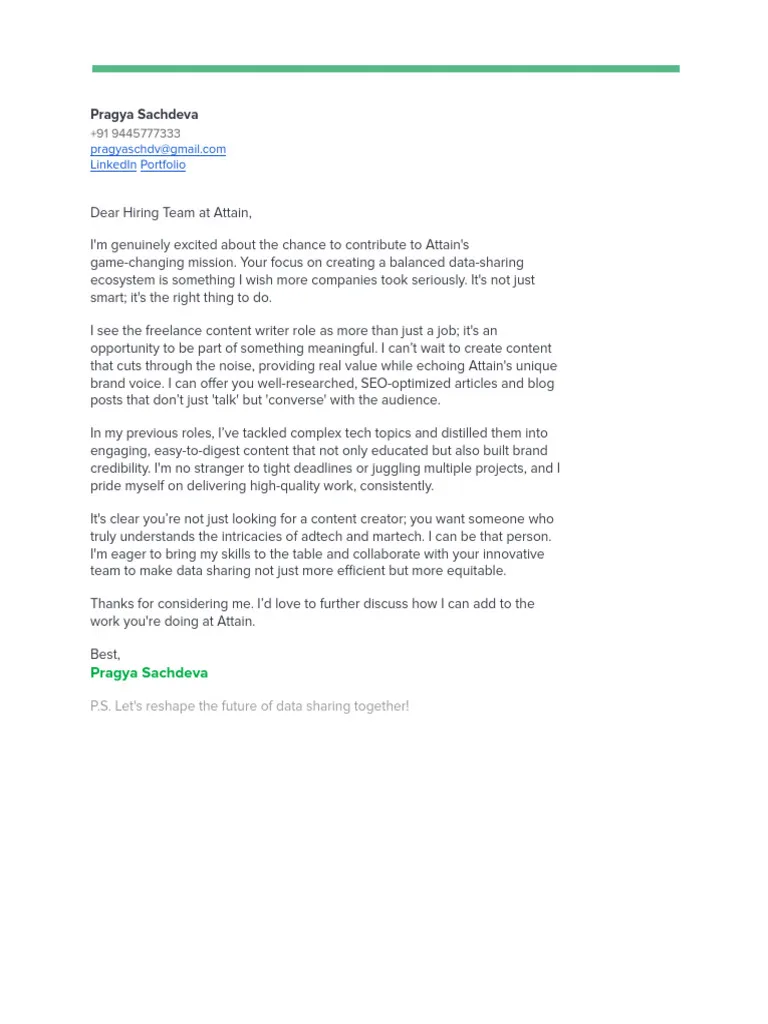What is a Cover Letter?
A cover letter is a crucial document accompanying your resume when applying for a job. It serves as your introduction to a potential employer, allowing you to elaborate on your qualifications, skills, and experiences in a more personalized way than your resume alone can. Think of it as a sales pitch, where you are selling your unique value proposition to the hiring manager. A well-crafted cover letter can significantly increase your chances of landing an interview, as it provides context and personality to your application. It is the first impression, often read before the resume, so making it count is paramount to getting to the next step of the hiring process. A solid cover letter can demonstrate your writing abilities, your understanding of the role, and your genuine interest in the company.
The Importance of a Cover Letter
In today’s competitive job market, a cover letter is more than just an optional formality; it is a necessity. It provides an opportunity to showcase your personality, enthusiasm, and specific interest in the position and company. It helps you connect the dots between your skills and the job requirements, highlighting how your background aligns with the employer’s needs. Furthermore, a cover letter allows you to address any potential gaps in your resume or explain career transitions. In many instances, it is the cover letter that convinces a hiring manager to delve deeper into your resume. A well-written cover letter demonstrates attention to detail, strong communication skills, and a proactive approach, all highly valued by employers. It signals that you have taken the time to understand the role and tailor your application accordingly, making you stand out from generic applicants.
Key Components of a Cover Letter
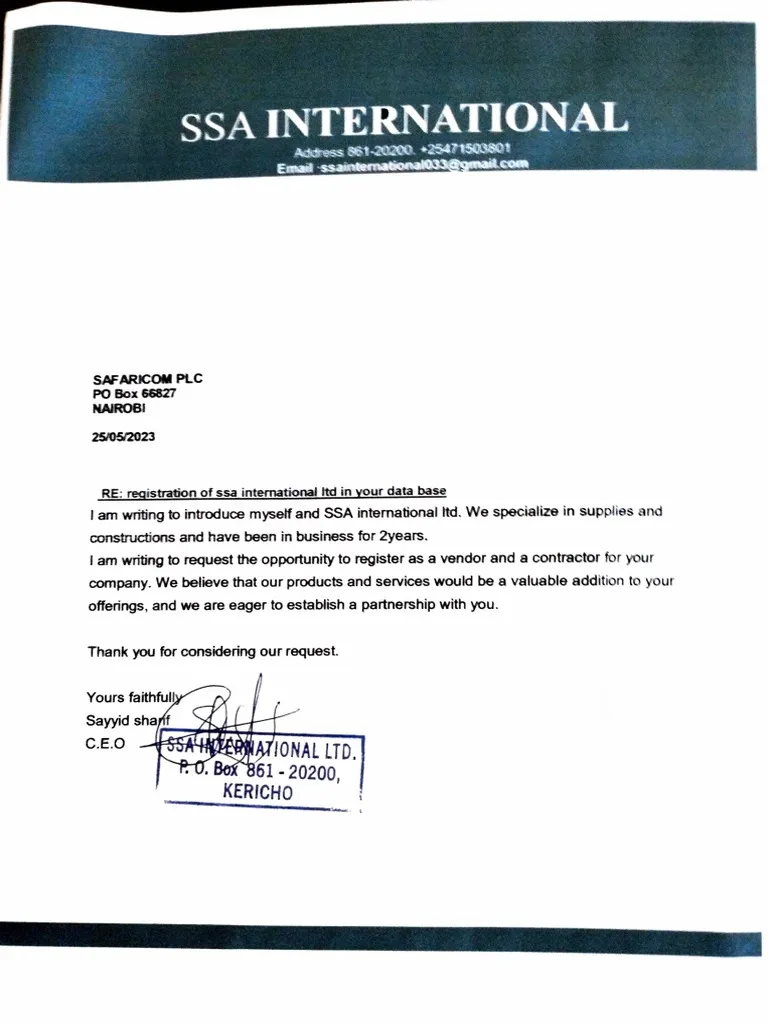
A compelling cover letter is structured into several essential components, each playing a vital role in effectively communicating your value to the employer. These components, when combined, form a cohesive narrative that showcases your skills, experiences, and enthusiasm for the job. Understanding these components allows you to craft a persuasive and professional cover letter that leaves a lasting impression. Attention to detail in each section is key to a well-crafted cover letter. Consider the audience as you write each section, so the message resonates with the reader.
Contact Information
At the top of your cover letter, include your contact information, such as your name, phone number, email address, and optionally, your LinkedIn profile URL. This allows the hiring manager to easily reach you for an interview or further communication. Ensure your email address is professional and reflects your name or is something similar. Double-check that your phone number is correct and includes the appropriate country code. This section should be clear, concise, and easily accessible, making it simple for the reader to connect with you.
Date and Recipient Information
Below your contact information, include the date of the letter. Then, address the letter to the hiring manager or the specific person mentioned in the job posting. If the name isn’t available, use a general greeting like “Dear Hiring Manager.” Researching the hiring manager’s name adds a personal touch, showing you have taken the initiative to learn more about the company. Using the correct recipient information demonstrates your attention to detail and commitment to the job application. Accurate and relevant recipient information increases the chances of your cover letter being read and properly routed.
Greeting
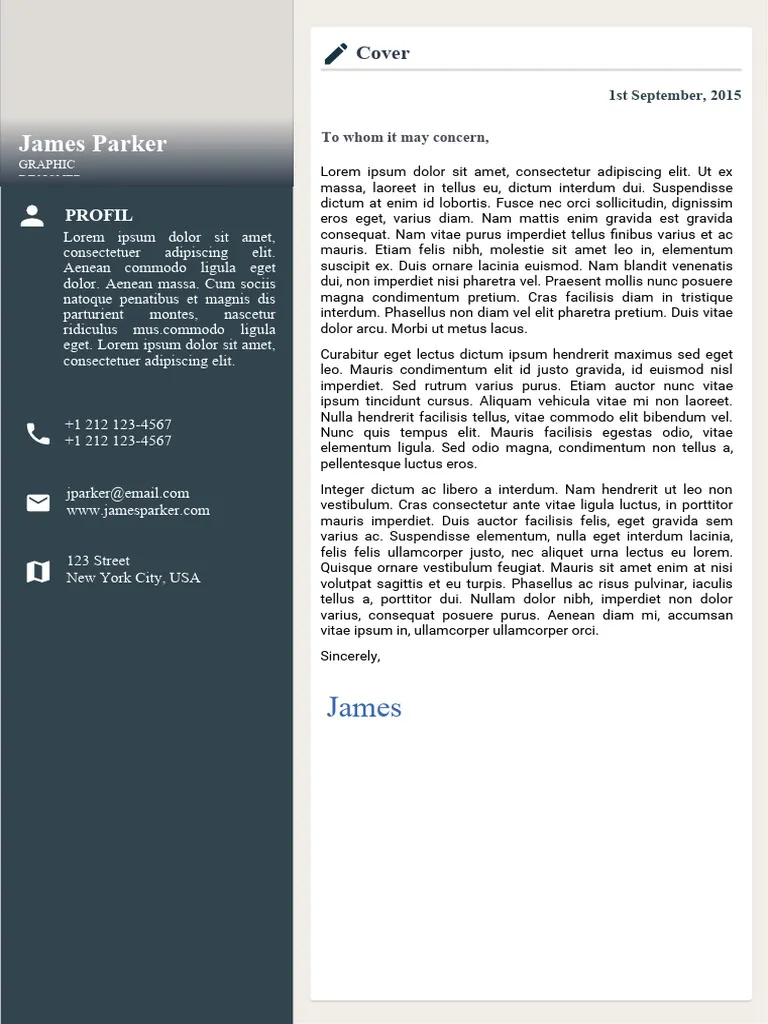
The greeting sets the tone for your cover letter. Use a professional greeting such as “Dear Mr./Ms./Mx. [Last Name]” if you know the recipient’s name. When the hiring manager’s name is not available, use “Dear Hiring Manager” or “Dear [Company Name] Hiring Team.” Avoid generic greetings like “To Whom It May Concern,” as they lack personalization. The greeting should be appropriate and respectful. Ensure the chosen greeting aligns with the company’s culture and the job posting’s tone. A thoughtful greeting shows that you’ve taken the time to personalize your application, making a positive first impression.
Body Paragraphs
The body paragraphs are the core of your cover letter. They are used to highlight your qualifications, experiences, and why you’re a good fit for the job. Typically, there are three main paragraphs used to articulate the value you bring to the company. Each paragraph should be well-structured, concise, and focused on relevant skills, experiences, and accomplishments. Use action verbs, quantifiable results, and specific examples to demonstrate your capabilities. The goal is to convince the hiring manager of your value and ability to excel in the position. Each paragraph should contribute to the narrative of why you are an ideal candidate.
First Paragraph Grab Attention
Start with a strong opening that immediately captures the reader’s attention. Mention the specific position you’re applying for and where you saw the job posting. Briefly state why you’re excited about the opportunity and what makes you a suitable candidate. This introductory paragraph should set the tone for the rest of the letter and make the reader want to learn more about you. Consider a compelling anecdote, a notable achievement, or a statement about your passion for the company or industry to grab their attention immediately. Make sure your first paragraph is concise, enthusiastic, and sets the stage for the rest of your cover letter. Focus on the value you can provide from the beginning.
Second Paragraph Highlight Skills
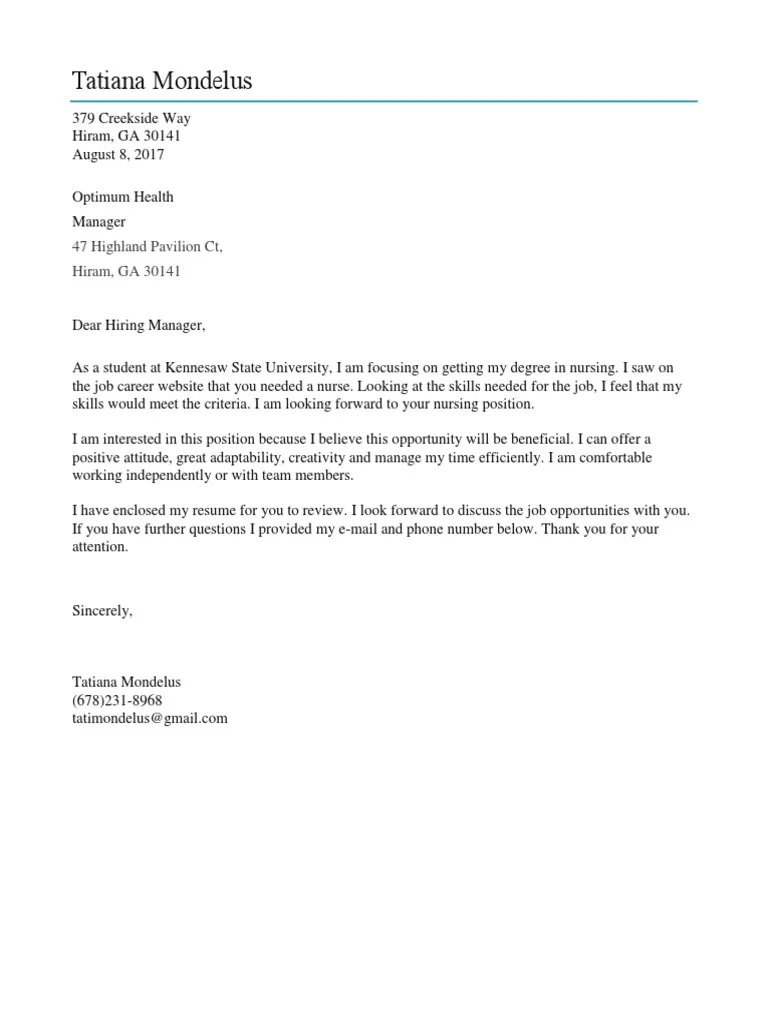
In the second paragraph, showcase your relevant skills and experience. Tailor this section to align with the job description’s requirements. Provide specific examples from your past experiences to demonstrate your accomplishments and how you have used your skills to achieve results. Use the keywords from the job description to show that you understand the role and are a great fit. Quantify your accomplishments whenever possible to showcase the impact of your work, such as increasing sales by a certain percentage or streamlining a process to save time. Focus on a few key skills and experiences that directly align with the job’s requirements and make a strong case for your candidacy.
Third Paragraph Show Enthusiasm
In the third paragraph, express your enthusiasm for the company and the specific role. Explain why you are interested in working for them and what you admire about their mission, values, or products. Research the company to demonstrate you understand their culture and goals. Connect your skills and experiences to the company’s objectives, showing how you can contribute to their success. Mention something specific that excites you about the opportunity. This paragraph should leave a lasting impression on the hiring manager, highlighting your genuine interest and making you stand out from other candidates. This enthusiasm can make you a more attractive candidate.
Closing Paragraph and Call to Action
Conclude your cover letter with a strong closing paragraph. Thank the hiring manager for their time and consideration. Reiterate your interest in the position and express your enthusiasm for an interview. Include a clear call to action, such as stating that you look forward to hearing from them soon or that you will follow up in a week. End with a professional closing such as “Sincerely” or “Best regards,” followed by your typed name. Your closing should be professional and leave a positive, lasting impression, encouraging the hiring manager to take the next step in the hiring process.
Formatting Your Cover Letter
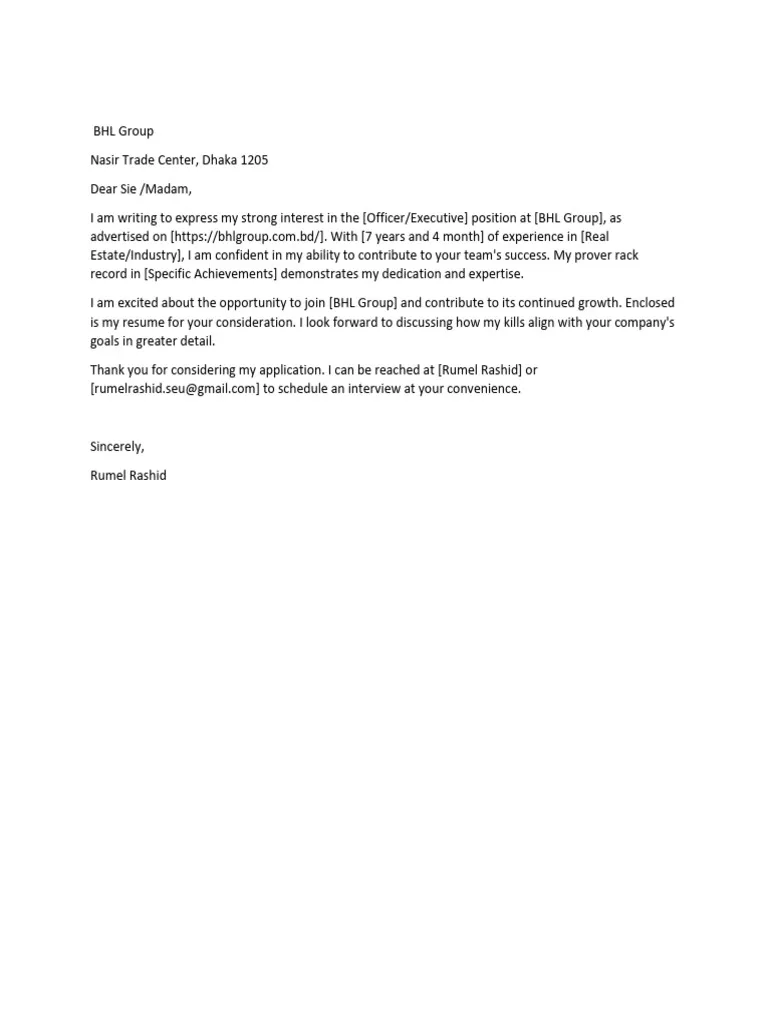
Proper formatting is essential for creating a professional-looking cover letter that is easy to read. Formatting enhances the document’s visual appeal and ensures that the information is presented in a clear, organized manner. This includes choosing an appropriate font, using consistent margins and spacing, and carefully proofreading for any errors. Your cover letter should look clean and uncluttered, making it easier for the hiring manager to focus on your qualifications and enthusiasm. The look and feel of the document impacts the hiring manager’s opinion of you.
Font and Style
Choose a professional and easy-to-read font such as Times New Roman, Arial, or Calibri. Keep the font size between 10 and 12 points. Use a simple, clear font style that won’t distract the reader. Avoid overly decorative or unusual fonts, which can make your cover letter difficult to read. Ensure your chosen font is consistent throughout the entire document. The font should be easily readable on both printed documents and digital displays. Using a professional font demonstrates your attention to detail and respect for the employer’s time.
Margins and Spacing
Use standard one-inch margins on all sides of your cover letter. This provides sufficient white space, making the text appear less cramped and easier to read. Use single or 1.15 line spacing within paragraphs and a double space between paragraphs. Consistent spacing and margins create a clean and professional look. Avoid excessive white space, which can make the letter appear sparse. Ensure that the spacing is consistent throughout the entire document. Proper margins and spacing improve the visual appeal of your cover letter.
Proofreading and Editing
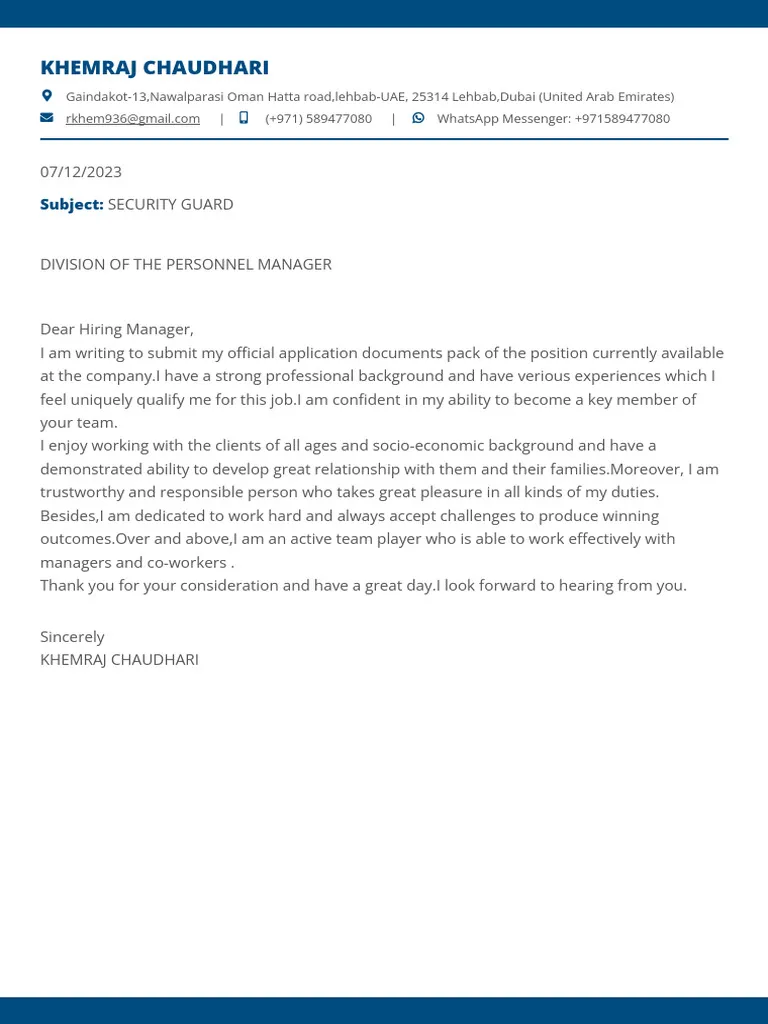
Proofread your cover letter carefully for any grammatical errors, spelling mistakes, and typos. Use a spell checker and grammar checker to catch any mistakes. It is also a good idea to have a friend, family member, or career advisor review your cover letter. Small errors can make a negative impression, making you appear careless. Review your cover letter for consistency in formatting, tone, and language. Thorough proofreading shows attention to detail and commitment. Always proofread multiple times, ideally at different times, to catch any errors you may have missed initially.
Creating a Cover Letter from Scratch
Starting from scratch allows you to tailor your cover letter to each specific job application. This allows you to highlight your skills and experience in a more personalized way. This demonstrates to the hiring manager that you’ve taken the time to understand the job requirements and the company. To start from scratch, review the job description thoroughly, identifying the key requirements, skills, and qualities the employer is looking for. Write a draft, focusing on the most relevant experiences and achievements that align with the job requirements. Then, tailor the content of your cover letter to address each specific role. This personalized approach shows your genuine interest and increases your chances of landing an interview.
Tailoring Your Cover Letter to the Job
Tailoring your cover letter to each job application is critical for demonstrating your genuine interest and suitability for the role. Customize your cover letter by researching the company and the specific requirements. Align your skills, experiences, and achievements with the job description, highlighting the most relevant aspects of your background. Use the language from the job description to show your understanding of the role. Mention specific projects, responsibilities, or accomplishments from your past that directly relate to the job’s requirements. This shows that you understand the specific needs of the employer. This approach ensures your cover letter makes a strong, tailored case for why you are the best candidate for the job.
Using Keywords
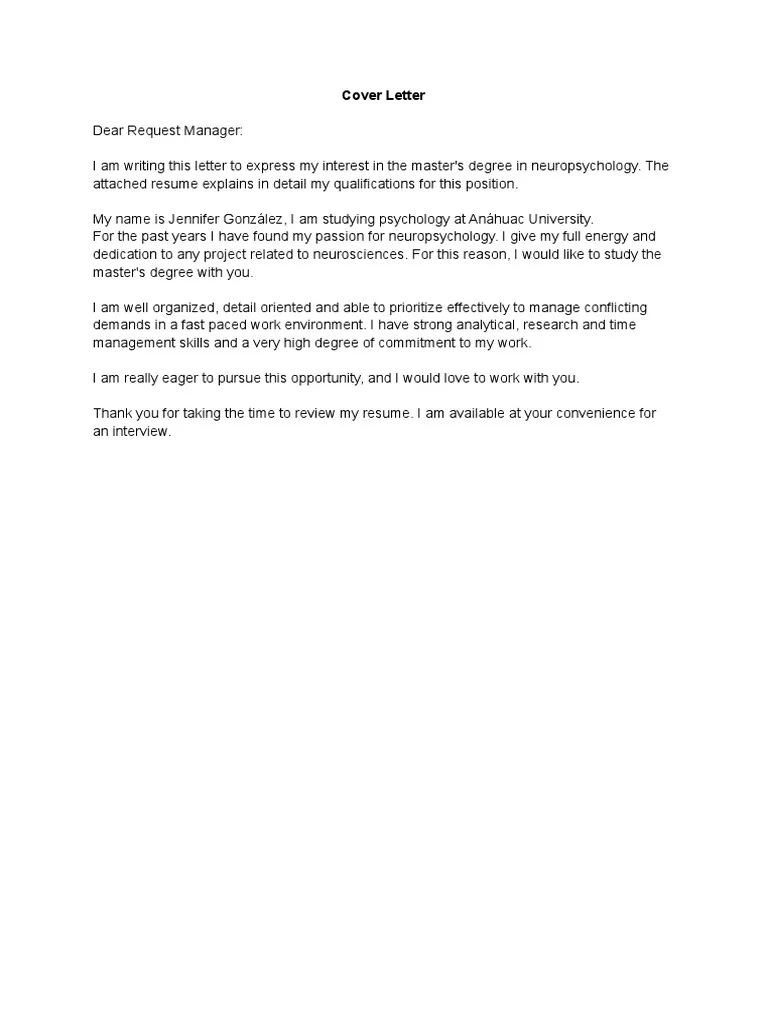
Incorporate relevant keywords from the job description into your cover letter. This helps ensure that your application passes through any applicant tracking systems (ATS) that may be used by the employer. ATS systems scan for keywords and may filter out applications that do not contain the required terms. Use keywords naturally within the context of your writing; avoid keyword stuffing, which can make your cover letter sound unnatural. Incorporating keywords demonstrates your familiarity with the job’s requirements. Review the job description carefully and identify the important skills, qualifications, and responsibilities. Use these keywords in your cover letter to increase its visibility.
Showcasing Achievements
Highlight your achievements rather than just listing your responsibilities. Instead of just stating what you did, demonstrate how you made a positive impact in previous roles. Use quantifiable results and data to illustrate your achievements whenever possible. Instead of saying “Managed social media,” say “Increased social media engagement by 30% in six months.” Provide specific examples that showcase your accomplishments and how your skills and experiences align with the job requirements. This approach provides tangible proof of your abilities and makes a stronger case for why you should be hired. Consider using the STAR method (Situation, Task, Action, Result) to structure your achievement descriptions. Use these to make your cover letter stand out.
Cover Letter Examples Review
Reviewing various cover letter examples can provide valuable insight into different styles, formats, and approaches. Use examples as inspiration to help you structure your cover letter and highlight your skills and experiences effectively. Look for examples that match your industry, experience level, and the type of job you are applying for. Pay attention to the language, tone, and content of the examples. Tailor the examples to your specific needs. Use the examples as a starting point, but personalize the content to reflect your unique experiences and qualifications. Adapting these examples can help you craft a cover letter that stands out.
Common Mistakes to Avoid
There are some common mistakes to avoid when writing a cover letter. Knowing these can help you refine your cover letter for greater success. Poor grammar, spelling errors, and typos can undermine the professionalism of your application. Using generic language and failing to tailor your letter to the job are common pitfalls. Avoid using clichés and overly formal language. Generic cover letters signal a lack of attention to detail and preparation. Review your cover letter carefully for any errors or issues that could create a negative impression. Make sure you are showcasing your genuine interest in the specific role.
Length and Tone
Keep your cover letter concise and professional. Aim for one page in length, unless otherwise specified in the job posting. Maintain a positive and enthusiastic tone throughout your cover letter. A negative or overly formal tone can come across poorly. Use a tone that reflects your personality and aligns with the company culture. Ensure your tone is appropriate for the industry and the role. A concise and professional tone will increase your chances of making a positive impression on the hiring manager. Do not use a tone that is overly casual.
Generic Content
Avoid using generic or boilerplate content in your cover letter. Every cover letter should be customized for the specific job and company you are applying to. Using generic language and generic statements can make your cover letter seem impersonal and indicate a lack of interest. Research the company and the specific role to create a tailored cover letter. Highlight how your skills and experience match the job requirements and the company’s needs. Avoid copying and pasting generic phrases from the internet. Your cover letter should be unique and reflect your qualifications. Be specific about your interest and what you can bring to the position.
Cover Letter for PDF
Save your cover letter as a PDF file before submitting it. PDF format ensures that your formatting and layout are preserved, regardless of the software the recipient uses to open it. When saving your cover letter, use a clear and descriptive file name such as “[Your Name]CoverLetter[Job Title].pdf.” This helps the hiring manager quickly identify your application. Check the file before submitting it to ensure that all the content is visible and properly formatted. Submitting your cover letter in PDF format demonstrates professionalism. It shows that you understand the importance of presenting your application in a consistent and professional manner.
Saving and Sending Your Cover Letter
Before sending your cover letter, proofread it carefully one final time. Ensure all information is accurate and the formatting is correct. Save your cover letter as a PDF file. When submitting your application online, follow the instructions provided by the employer. Send the cover letter as an attachment to your email, along with your resume. If the job posting specifies how to submit your application, follow those instructions exactly. Sending the cover letter properly ensures that the hiring manager receives your application in a clear, professional format. Properly saving and sending your cover letter shows your attention to detail.
